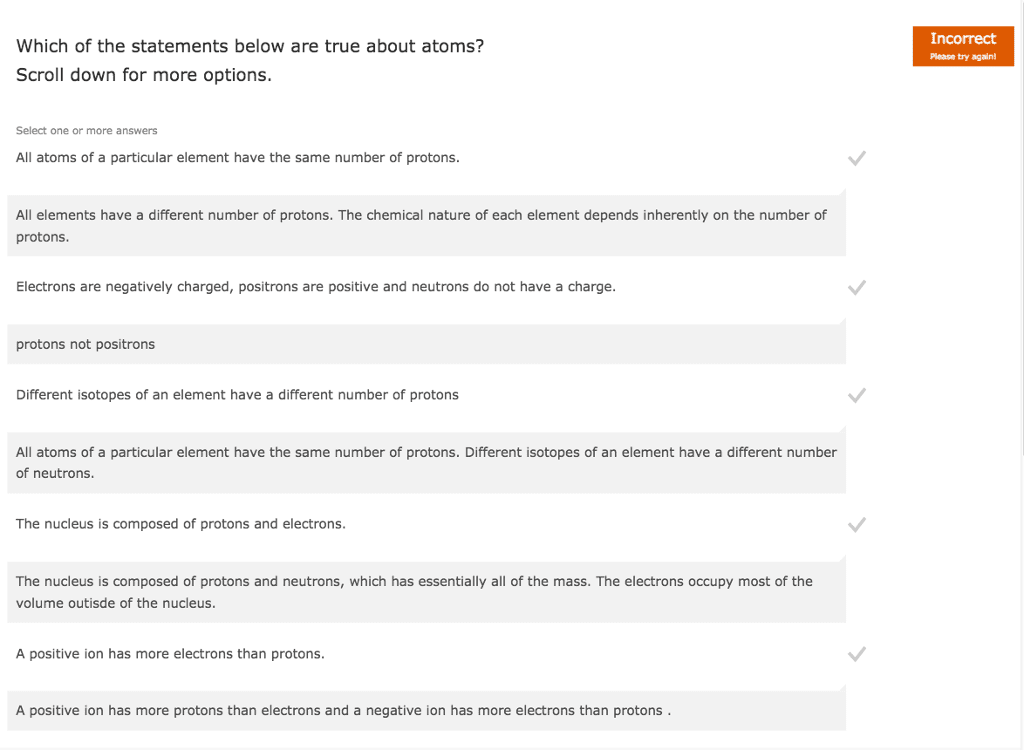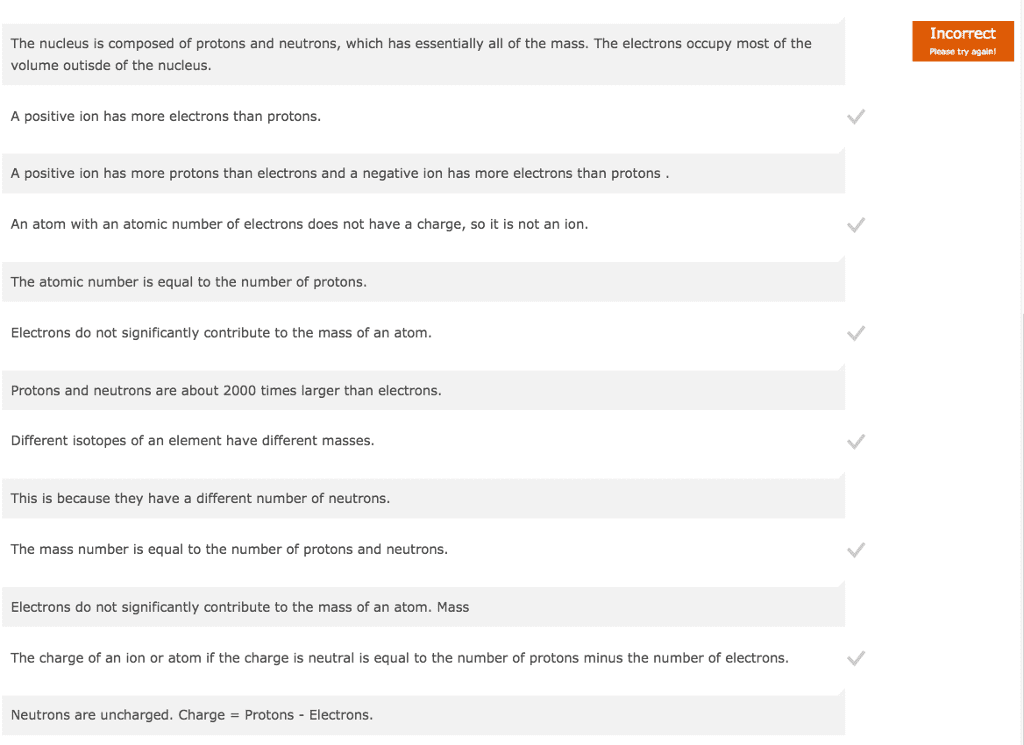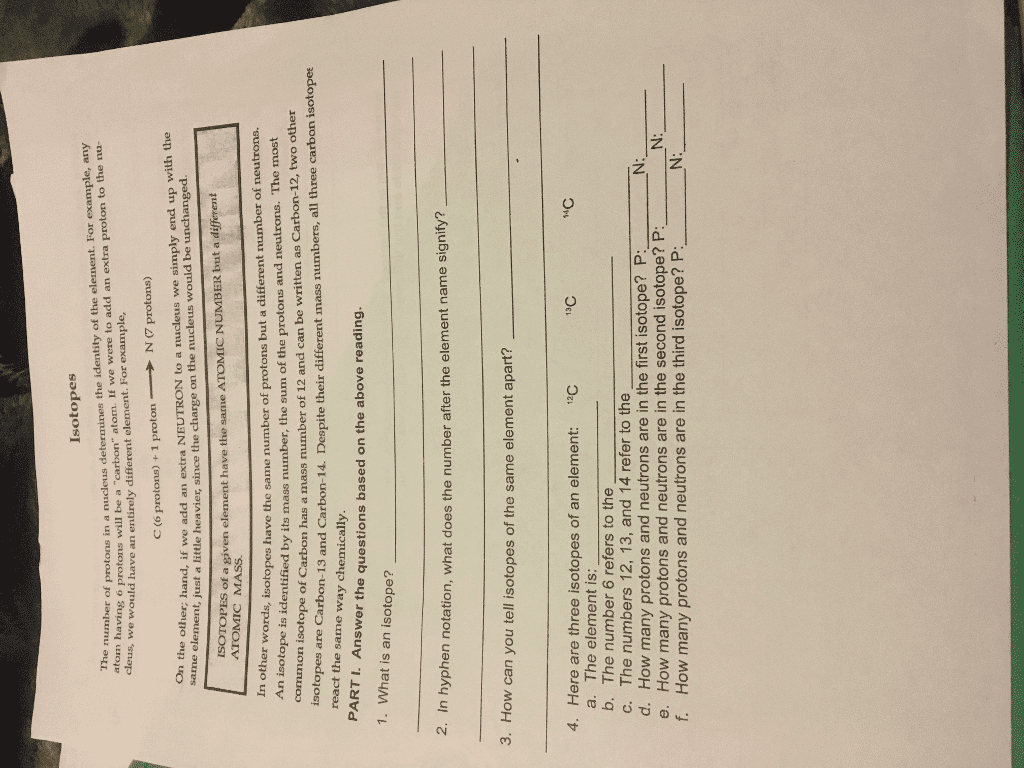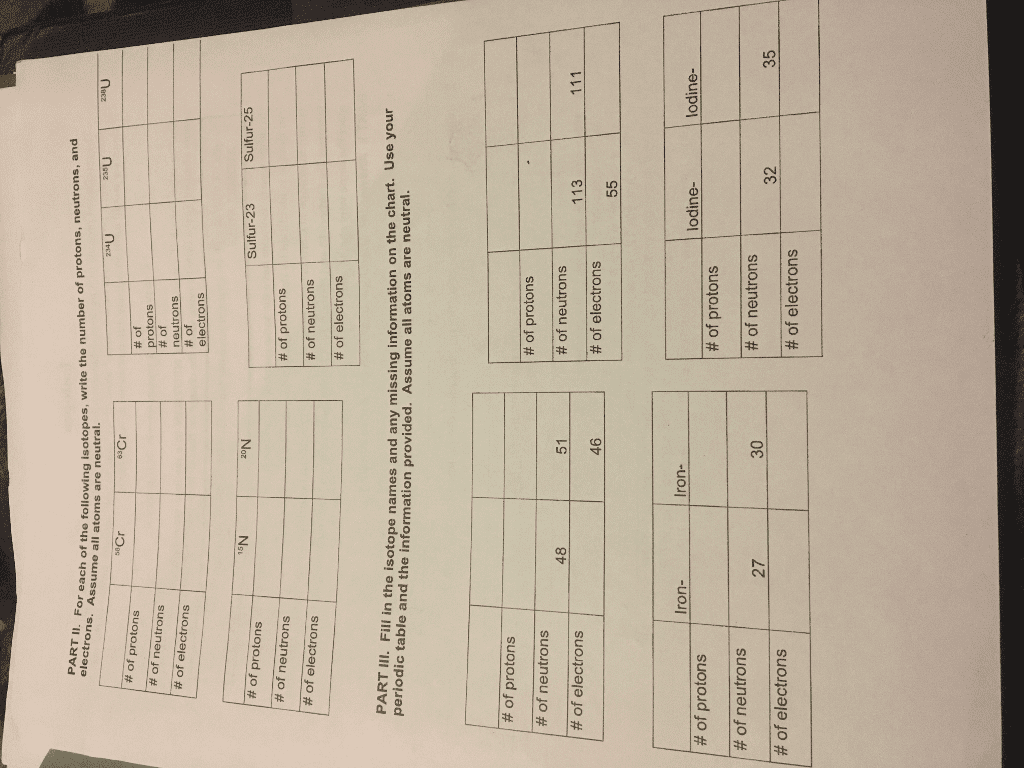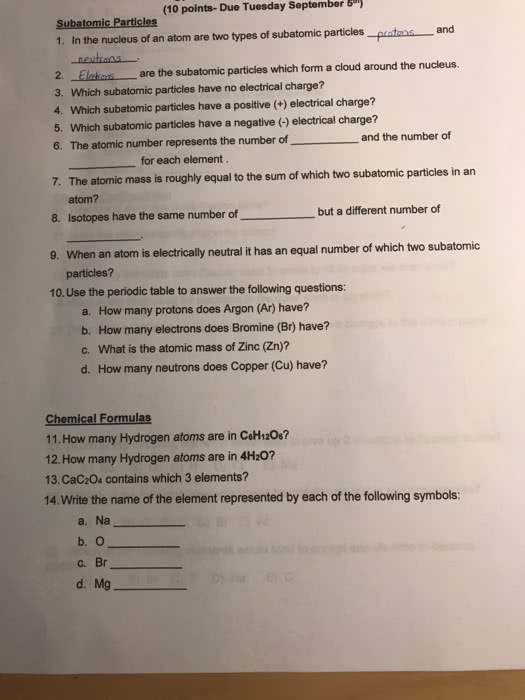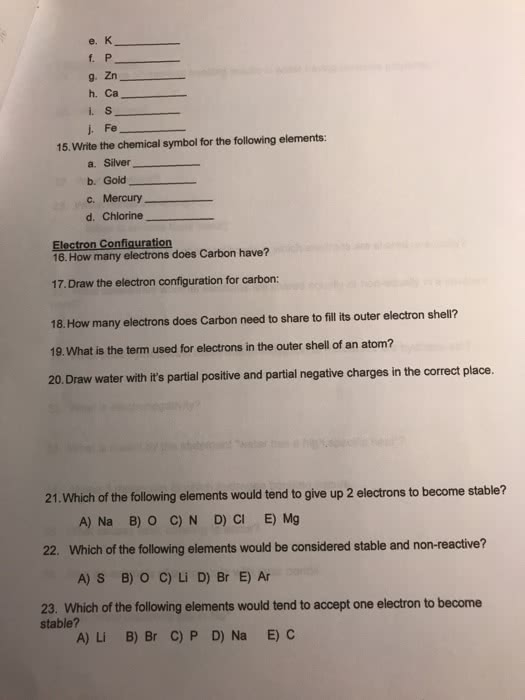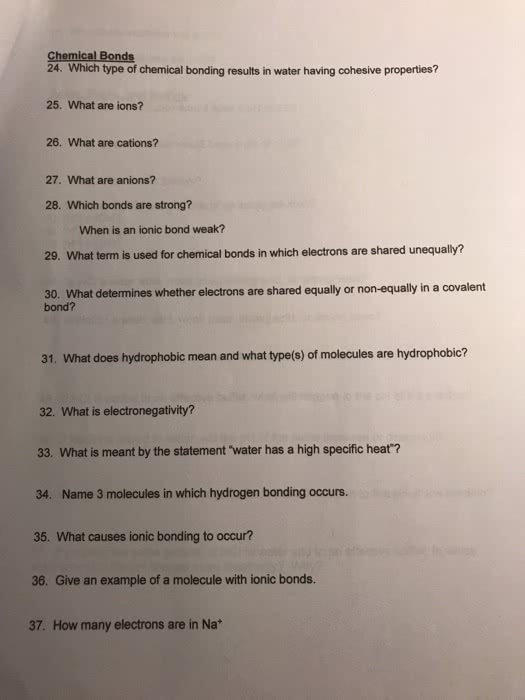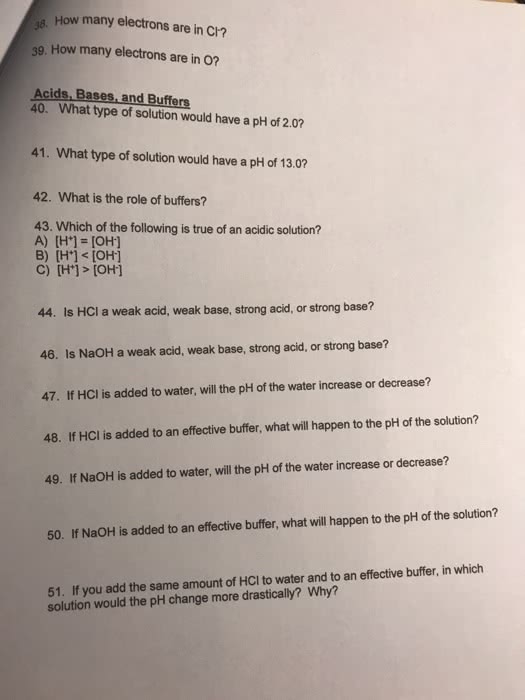ENVS 1500 Lecture Notes - Lecture 3: Relative Atomic Mass, Atomic Number, Maximum Capacity
Document Summary
An element is a fundamental form of matter that has specific chemical & physical properties and cannot be broken down by normal" means: most common elements: o, h, c, n, p, and s. An atom is the smallest particle that retains the chemical and physical properties of an element. Isotopes: are atoms of an element with different numbers of neutrons (so they have same atomic number but different mass numbers) Isotopes of an atom have similar chemical properties. Examples: carbon-12 has 6 protons, 6 neutrons (98. 9% of global abundance, carbon-13 has 6 protons, 7 neutrons (1. 1%, carbon-14 has 6 protons, 8 neutrons. C-14 is an unstable, radioactive isotope which decays into nitrogen14 (a neutron decays into a proton 7 protons and. C-12 and c-13 are called stable isotopes because they do not decay into other elements. If daughter" product is radioactive, it decays but at a different rate.


